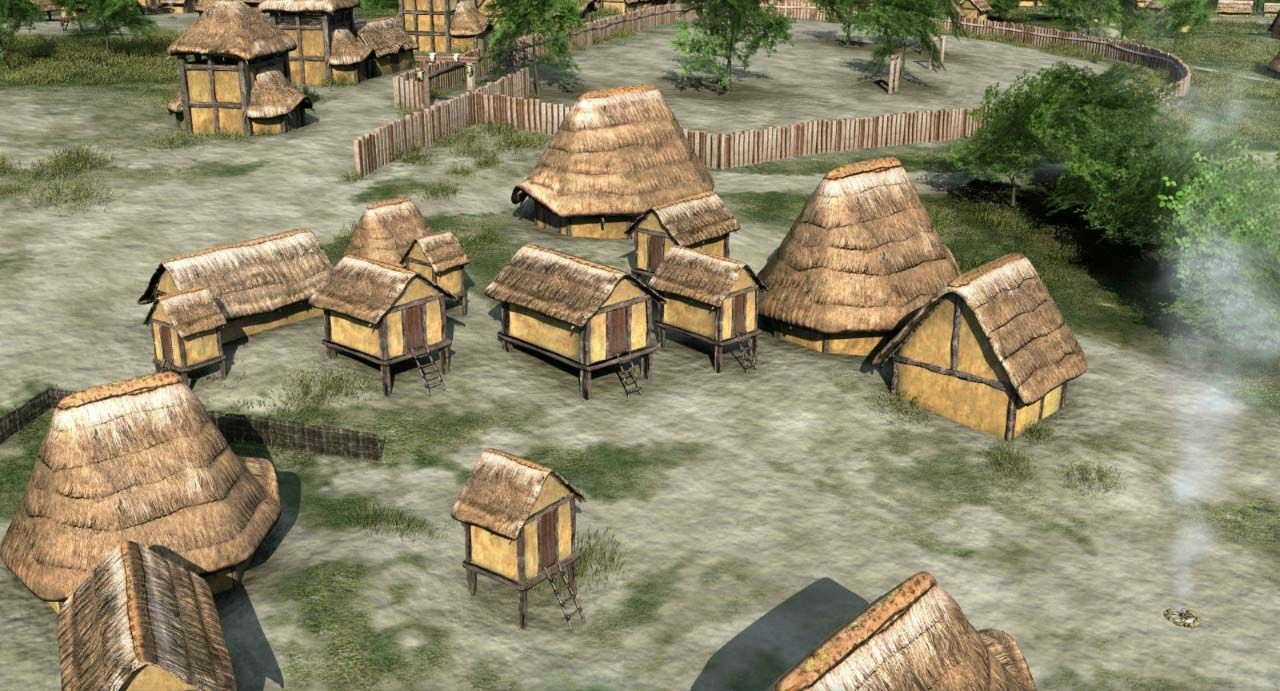The Gauls of Acy-Romance
There is nothing to suggest a Gallic village once existed in the district of Acy-Romance, to the north of Reims. Archaeologists had the extremely rare opportunity to excavate the village in its entirety. The appearance and structure of this small Gallic settlement deep inside the territory of the Remi tribe was revealed, plot by plot, over fifteen excavation seasons.

A well-organised village
The village now exists in virtual reality. It was organised around a religious centre ‒ a mound containing the tomb of “the ancestor", a large square, and five buildings, the “temples". The religious centre was surrounded by living areas with livestock breeders to the northeast, farmers to the east, craftsmen to the southeast, and labourers ‒ serfs and probably slaves ‒ to the north.
The remains discovered on this archaeological site shed light on the lifestyle and living standards of its inhabitants, their everyday routines and their highly sophisticated and standardised burial practices. The highly distinctive burials of young men close to the large temple suggest the inhabitants practiced human sacrifices.
Virtual visit
Based around an original 3D reconstruction of the village of Acy-Romance and 500 documents including photographs, maps, interactive content and animations, the website provides an overview of current research into Gallic civilisations in the form of dynamic, clear and user-friendly data. The learning aids for teachers and school children include printable and online factsheets as well as games and a quiz.
This multimedia resource also spotlights the efforts made by the team of volunteer archaeologists whose work has brought to light one of the most extensive Gallic sites ever studied and enhanced our understanding of Gallic civilisations.
The Grands Sites Archéologiques multimedia collection
Designed by the archaeologist Bernard Lambot and available in French and English, this website is the twentieth to be added to the Grands Sites Archéologiques collection of the French Ministry of Culture and Communication, published by the musée d'Archéologie nationale ‒ Domaine national de Saint-Germain-en-Laye, in conjunction with the archaeology department of the General Directorate of Heritage (DGP).

